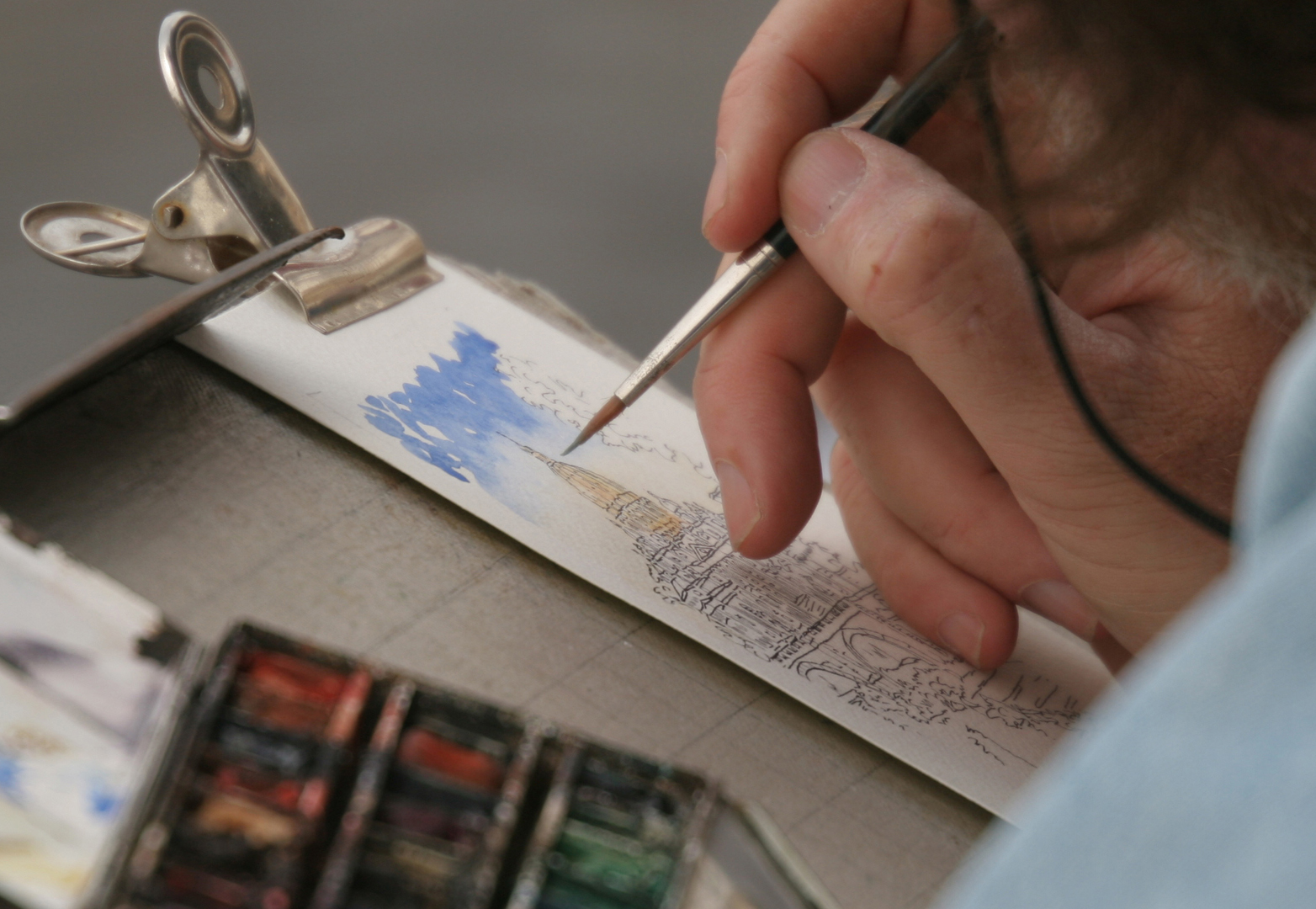
 It's like biting your nails. It's like sucking your thumb. It's like cursing too much. We all have some bad habits, some we just cannot seem to shake. I'm not sure why that is. I mean, no matter how wrong you know it is or how bad it is for you, it's just impossible to stop.
It's like biting your nails. It's like sucking your thumb. It's like cursing too much. We all have some bad habits, some we just cannot seem to shake. I'm not sure why that is. I mean, no matter how wrong you know it is or how bad it is for you, it's just impossible to stop.
And have you realized that half the time you don't even notice? Tomorrow, you can look down at your nails and wonder where they've disappeared to. And eventually, you'll remember that you happily nibbled them off.
As a designer, you're probably no different. You're a human and no one is perfect, plus design is just a tough industry. Sometimes, we are our own worst enemies with the things we do and we never seem to notice, nor do we stop. Being a designer, there are four things I notice most often that I and my colleagues do:
1. Aesthetics vs. ease of use
We are designers. We are not artists. We are asked to fix problems, create solutions and design things. I could even say, though a stretch, that we are scientists.
Artists typically have less or no rules and make things that make them feel good. But as designers, at the very least, we have to make something that makes our client (and eventually their customer) feel good. We shouldn't be in the league of creating something pretty. We should be able to do that when necessary, but that shouldn't be our priority. We must focus on ease of use or making things that make sense.
It's the reason why we hate fonts like Comic Sans and Papyrus, but love Helvetica. One is readable and serves as a great body font. The others? Well, not so much. Things have to make sense before we make them pretty. It's why we create sketches and request thorough design briefs before designing a project.
From our navigation menus to our image placement to the bullets we use, it has to be easy to understand. Far too many designers are stuck on an aesthetics first. Projects begin and end with looks rather than how to make things better and easier to understand. And it's really easy to become concerned with looks when there are so many good designs with a high aesthetic quality. But I've learned when you pay attention to creating something with a purpose, aesthetics tend to fall right into place.
2. Looking at trends
We all do it. We look to the new trends list and the infinite number of inspiration posts. And there's nothing wrong with being up to date, but we have to be really careful with copying and emulating things that are already being done.
It's the difference between your web design being regular and being a stand out. We have to use these trends and inspiration as a means to learn how to approach different problems and situations. We've got to digest them and regurgitate something new and better.
If we're serious designers, we have to be forward thinkers who are always looking for the next big thing. How many vintage badges and seals have you seen? How many huge Helvetica or Futura headlines have you seen? Now when are you going to be the person to set the next trends as opposed to following?
3. Only inspired by web design
We just talked about how we love to eat up the new trends that every design is already doing. But something I take great issue with is that we really are only inspired by similar things. We aren't expanding our inspiration much, unless we're taking print ideas and putting them on the web. Otherwise, we get inspired for web design by web designs.
Design (and art) tend to make us feel things and allow us to process things differently. By only being inspired by other web design for your web project or other flyer designs for your flyer project, you are cheating yourself out of good things.
Architecture, photography and even areas like furniture design can open up your eyes to new solutions for 3-column layouts, for example. Checking out some fashion design may give you an idea of what kind of textures and patterns you may want to use for a brand. I've even been inspired by a picture frame for a logo design. Anything works.
Also, taking a look into different areas of designs helps to free your mind a bit. It allows you an opportunity to think about your project from a different angle. It enhances your creativity so that you can be more creative with the work you've got to do. Taking a look at something different can make all the difference in your designs.
No matter the concentration or area, many designs have faced similar problems you're trying to solve. Why not attempt to find different approaches and different solutions?
4. Moaning and groaning
I've rarely met a designer who hasn't whined about something. It could be client who's too cheap or the one who doesn't understand why it's taking so long for a "simple" logo. Whichever it is, graphic designers just whine and get upset and never stop. I guess we feel underappreciated and underpaid and just like to have pity parties.
Whatever. I say stop. Right now. Put your foot down with bad clients and remind them of your worth and what you're doing. When I start a project, I outright let them know the way the relationship works and give them time tables for things. If there's an issue there, then I immediately know we aren't a good fit. Also, a trick is to add a couple days or weeks onto your timetable for safety reasons.
No one understands the life of a designer and if you're really good, chances are you make what you do look real easy. Clients probably don't have a clue and don't understand. Clients who are cheap don't understand the concept of quality nor do the get the difficulty of what you're doing. If your work, timetables and design process cannot be respected, then save yourself the headache and move right along.
Many don't understand the worth of designers, and it's not really their fault. Businesspeople are concerned about their customers and making money and the like. Spending money on something like design may not be what matters to some. And I can guarantee you, that's not the person you want to work for. Never be afraid to say 'no' and never be afraid to respectfully stand up for yourself.
I'm not telling you to overcharge, nor am I telling you to be a snob to your clients, but it's absolutely necessary that there's a level of respect in your working relationships. For every cheap client and headache you say no, there's a good client out there looking for you!
Conclusion
So you can put hot sauce on your thumb or disgusting nail polish on your nails in an attempt to get you to stop, but when you boil it down, you just have to make a conscious decision to make your change. Doing so makes designing much easier and even liberating. There was a point when I decided to make a change it just felt like I wasn't even working any more. I was just enjoying what I do and making great things. Now it's your turn. What are you going to stop doing today?
What are some subconscious things you notice you do? Could stopping make you a better designer? Let us know in the comments.


















